How to Manage Pain After a Tooth Extraction: Tips for Quick Relief and Comfort
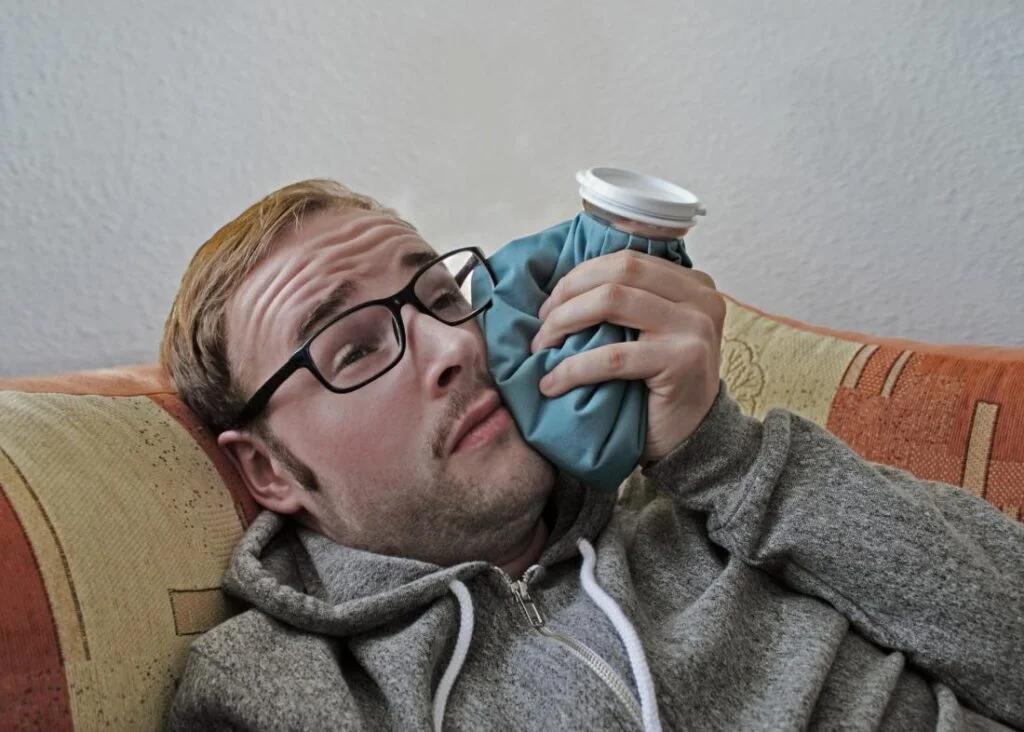
Experiencing pain after a tooth extraction is common, but it can be effectively managed with the right care and techniques. In this article, we’ll cover the best methods for managing pain after a tooth extraction, from medications to home remedies, and provide practical advice to help you recover more comfortably.
Understanding Post-Extraction Pain
Pain following a tooth extraction typically peaks within the first 24-48 hours and then gradually subsides. The level of pain depends on various factors, including the complexity of the extraction, the location of the tooth, and individual healing responses.
Normal Pain: You can expect mild to moderate discomfort, especially once the local anesthesia wears off. The pain is usually localized around the extraction site.
Abnormal Pain: If the pain worsens after the first few days or radiates to other areas like the ear or neck, it may indicate a complication, such as dry socket. In these cases, contact your dentist immediately.
Pain Relief Medications
One of the most effective ways to manage pain after a tooth extraction is through medication. Your dentist will likely recommend over-the-counter options or prescribe something stronger if necessary.
1. Over-the-Counter (OTC) Pain Relievers
Non-prescription pain relievers are usually the first line of defense after an extraction:
- Ibuprofen (Advil, Motrin): An anti-inflammatory that helps reduce swelling and pain. It’s one of the most commonly recommended medications after an extraction.
- Acetaminophen (Tylenol): Another option that can be used alongside ibuprofen, though it focuses more on pain relief rather than reducing inflammation.
Dosage Tip: Always follow your dentist’s instructions regarding dosage and frequency. Taking ibuprofen and acetaminophen together can offer more effective pain control, but check with your healthcare provider before combining medications.
2. Prescription Painkillers
For more complex or difficult extractions, such as wisdom tooth removal, your dentist may prescribe stronger pain medications, such as opioids. These should be used cautiously and only for short-term relief due to the risk of dependency.
Home Remedies for Pain Relief
In addition to medication, several at-home treatments can help manage pain after a tooth extraction and promote faster healing.
1. Cold Compresses
For the first 24 hours, applying a cold compress to the outside of your cheek can help numb the area and reduce swelling. Hold the cold pack against your face for 10-20 minutes at a time, with breaks in between.
2. Saltwater Rinses
After the first 24 hours, gently rinse your mouth with a warm saltwater solution (1/2 teaspoon of salt dissolved in 8 ounces of warm water) to clean the extraction site and reduce inflammation. Do this 2-3 times a day, especially after eating.
3. Clove Oil
Clove oil has natural analgesic and anti-inflammatory properties. You can apply a small amount of clove oil (diluted with a carrier oil like olive oil) to a cotton swab and gently dab it onto the extraction site to help numb the area and reduce pain.
4. Elevation While Sleeping
Keep your head elevated while sleeping by using extra pillows. This helps reduce blood flow to the extraction site, which can minimize swelling and throbbing pain.
Foods and Drinks to Avoid
What you eat after a tooth extraction can directly affect how much pain and discomfort you experience. The wrong foods can irritate the area or even dislodge the blood clot, leading to complications like dry socket.
1. Avoid Hard or Crunchy Foods
Stick to soft foods like soups, mashed potatoes, yogurt, and smoothies for the first few days. Avoid anything hard or crunchy that could disturb the extraction site.
2. Steer Clear of Hot Liquids
Hot drinks like coffee or tea can irritate the extraction site and increase pain. Stick to lukewarm or cold beverages for the first few days.
3. Don’t Use Straws
The suction created by drinking through a straw can dislodge the blood clot and lead to a painful dry socket. Avoid using straws for at least a week after your extraction.
Tips for Long-Term Pain Management
As your extraction site begins to heal, there are a few more tips to keep in mind to manage pain and prevent future discomfort.
1. Avoid Smoking
Smoking delays healing and is one of the main causes of dry socket. It’s best to avoid smoking for at least 72 hours, though longer is ideal for optimal healing.
2. Maintain Good Oral Hygiene
After the first 24 hours, you can begin brushing your teeth again. Be careful around the extraction site, and avoid vigorous rinsing or spitting to prevent disturbing the healing area.
3. Stay Hydrated
Drinking plenty of water helps keep your mouth clean and aids in the healing process. However, as mentioned earlier, avoid using straws to minimize the risk of dry socket.
When to Call Your Dentist
While some pain is normal after an extraction, there are signs that indicate you should contact your dentist for further evaluation:
- Severe pain: Pain that gets worse after 2-3 days or radiates to other areas.
- Fever: A fever may signal an infection that needs immediate treatment.
- Excessive bleeding: If bleeding continues after the first 24 hours, it’s important to have your dentist check the extraction site.
- Foul odor or taste: This could be a sign of dry socket or infection, especially if accompanied by intense pain.
Conclusion
Managing pain after a tooth extraction is straightforward when you follow your dentist’s recommendations and use a combination of medications and home remedies. By being mindful of your diet, avoiding smoking, and keeping the area clean, you can reduce discomfort and ensure a smooth recovery.
For more insights into post-extraction care, visit our guide on Normal Socket vs Dry Socket after Tooth Extraction to learn how to identify and prevent complications.
References:
- National Institutes of Health (NIH). “Managing Pain After Dental Procedures.” NIH, 2023.
- American Dental Association (ADA). “Post-Extraction Pain: What to Expect.” ADA, 2022.



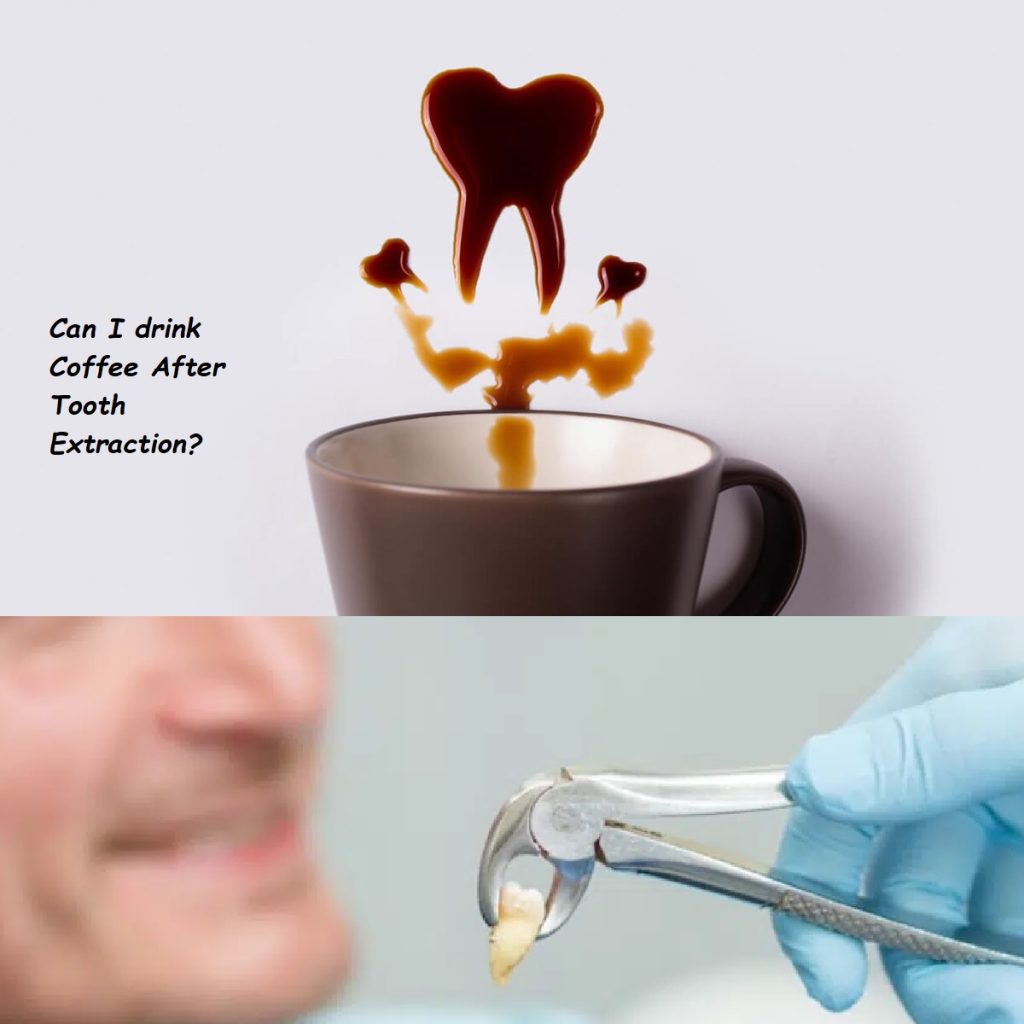
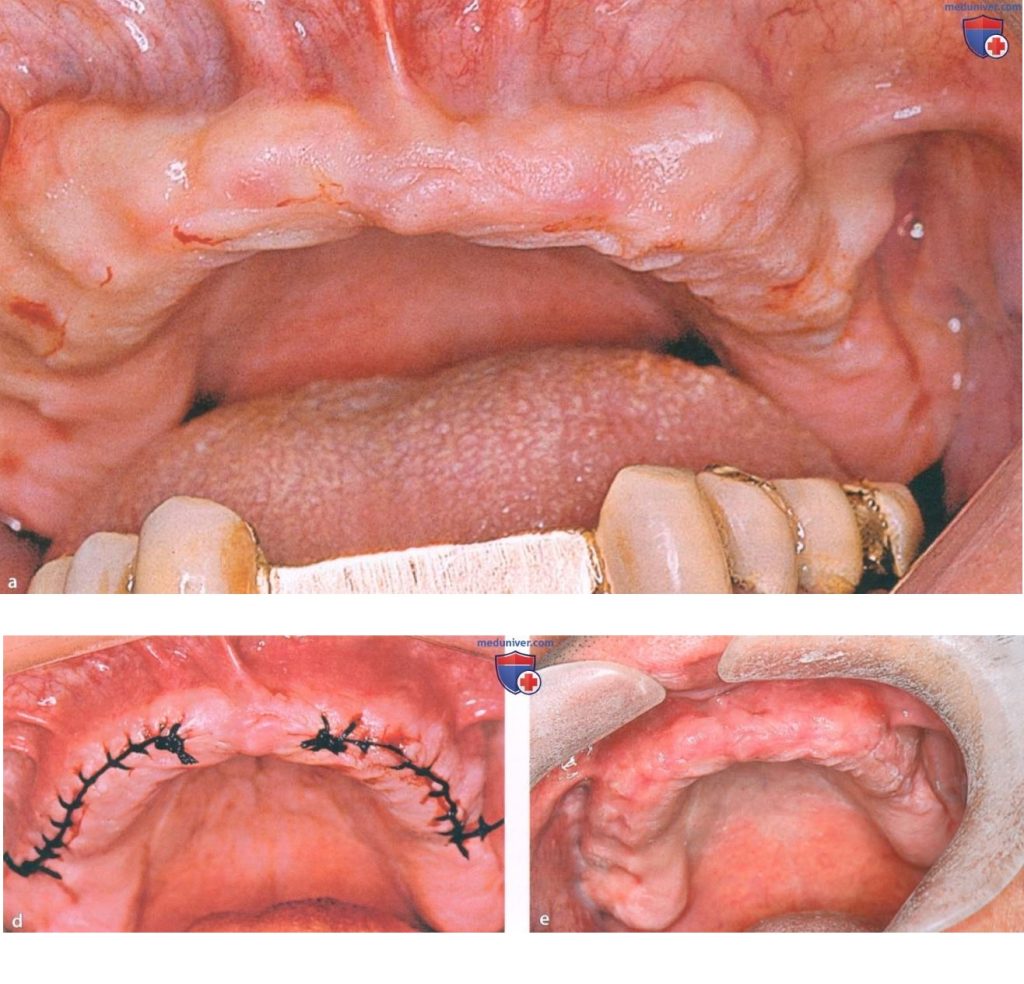
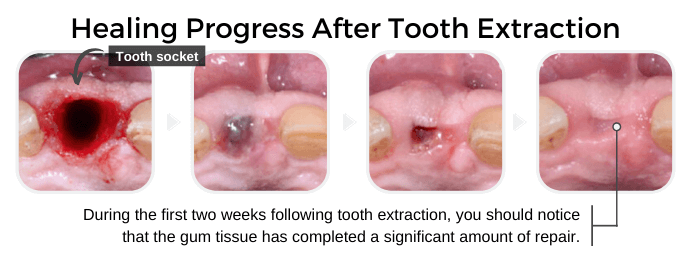
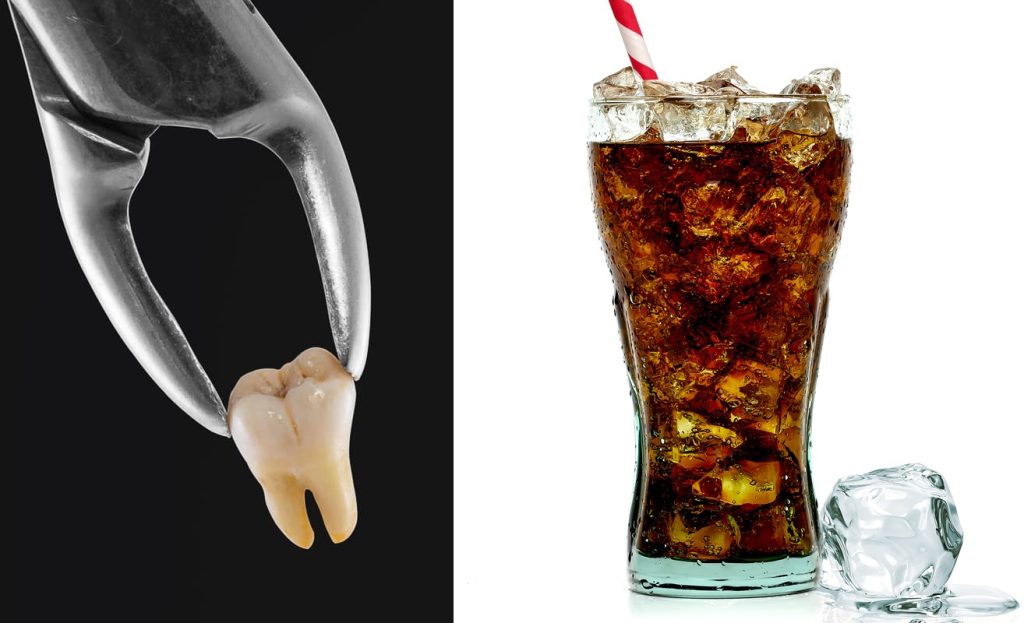

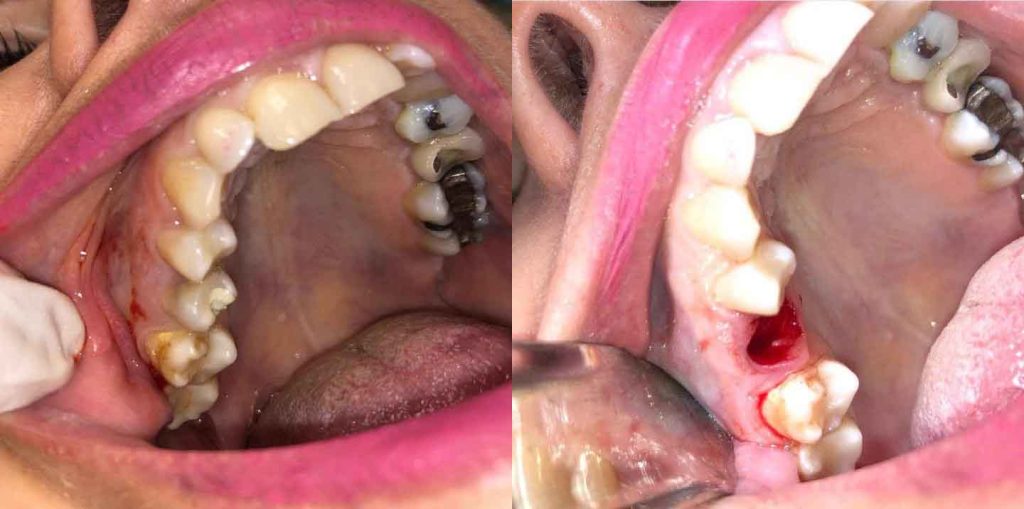

0 Comments on “How to Manage Pain After a Tooth Extraction: Tips for Quick Relief and Comfort”